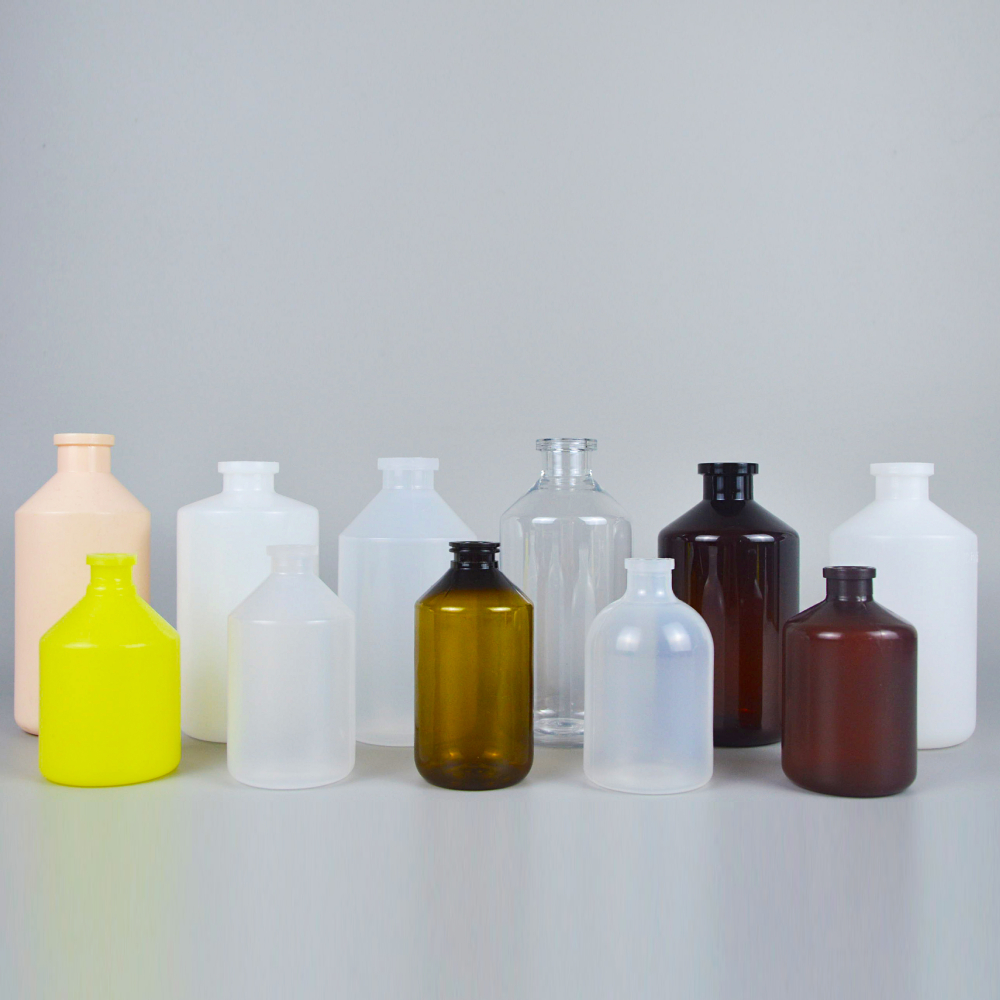eye dropper vial
The Versatile Eye Dropper Vial A Small But Mighty Tool in Various Fields
In the realm of pharmaceuticals, laboratory work, and even arts and crafts, the eye dropper vial has emerged as a quintessential instrument. This small yet remarkably versatile tool is not just a simple container; it’s a gateway to precision, convenience, and efficiency in administering liquids. In this article, we will explore the various applications of eye dropper vials, their composition, and why they are indispensable across numerous sectors.
What is an Eye Dropper Vial?
An eye dropper vial is a small glass or plastic container equipped with a dropper — a narrow tube with a bulb at one end that allows for the controlled release of liquid. Typical measurements for these vials range from 5ml to 30ml, but they can vary based on specific needs. The design typically facilitates easy dispensing of liquids in drop-by-drop increments, making it ideal for applications requiring precision.
Applications in Pharmaceuticals
One of the most prominent uses of eye dropper vials is in the pharmaceutical industry. They are integral for dispensing medications, particularly liquid formulations. Whether it's eye drops for treating ocular conditions, nasal sprays for relieving congestion, or even ear drops for infections, these vials enable precise dosage, ensuring that patients receive the correct amount of medication. The clear material of the vials allows for easy visibility, letting both pharmacists and patients verify the contents, which is crucial for ensuring safety and efficacy.
Vital Role in Laboratories
eye dropper vial

In laboratory settings, eye dropper vials are invaluable. Scientists and technicians use them for transferring small amounts of reagents, solvents, or even samples without the fear of spillage. The precision offered by these vials allows researchers to conduct experiments where even the slightest variation in volume can lead to drastically different results. Additionally, their compact size makes them ideal for storage in crowded laboratory environments.
Everyday Use in Arts and Crafts
Beyond pharmaceuticals and laboratories, eye dropper vials are also popular in the arts and crafts sectors. Artists often use them to mix and apply paint or ink with incredible precision. They can create intricate designs that require steady hands and exacting measurements. For hobbyists involved in resin crafting or model making, these vials offer the ability to control the application of adhesives or color pigments, ensuring that each component is placed exactly where it is needed.
Environmental Considerations
Modern eye dropper vials are often crafted from recyclable materials, addressing environmental concerns that are increasingly prevalent in today’s society. With the push toward sustainability, manufacturers are focusing on eco-friendly designs that still provide durability and usability. This not only caters to the environmentally-conscious consumer but also helps reduce waste in industries that heavily depend on single-use products.
Conclusion
The eye dropper vial is a prime example of a tool that may not demand the spotlight but plays a crucial role in many areas of life. From healthcare and laboratory research to creative endeavors in the arts, these small containers facilitate precision and control, ensuring the right amounts of liquid are dispensed whether it be for healing, discovery, or creation. As technologies and materials continue to evolve, we can expect even more innovations that enhance the functionality of eye dropper vials. Ultimately, this unassuming tool exemplifies how even the smallest items can have a profound impact on our daily lives.
-
Aesthetic Makeup Spray Bottles | Fine Mist Empty RefillableNewsAug.19,2025
-
White Plastic Veterinary Vaccine Vials | Lab Liquid BottlesNewsAug.18,2025
-
Plastic Medicine Liquid Bottle: Secure Flip Top Drug VialsNewsAug.17,2025
-
Durable 250ml Blue Plastic Vaccine Vial for Lab & Vet UseNewsAug.16,2025
-
Sterile Virus Sample Tubes: Secure & Reliable Specimen CollectionNewsAug.15,2025
-
White 250ml Plastic Vaccine Vial for Lab & Vet MedicineNewsAug.14,2025
























